A woman weaves a sweetgrass basket for the tourists in Charleston, baskets that have been made for nearly 400 years in this area. Originally used to collect rice and cotton in the plantation fields, the baskets today come in all shapes, designs and price points.
Charleston is a city of traditions, from the architecture to the food. From the minute I first met Charleston’s streets, I was charmed by this southern city. Unlike any other in the United States, Charleston knows its past and isn’t afraid to show it in every way, shape or form. Perhaps that is why you seldom hear a bad thing about this city. While the rest of us try to block out our pasts, those bad 8th grade haircuts and college mistakes, Charleston leaves it all out on the table. She’s not hiding.
Plantations
On the drive into Charleston, I stop at a few plantations. A few dozen miles from the city, I make my way through a forest and bumpy dirt road to the Hampton Plantation State Park. The plantation home itself stands in a blindingly white color, surrounded by somewhat wild and untamed grounds. It tells of the slavery on the plantations in the area, the harmful conditions for many in a landscape decidedly apart of America’s history.
Before arriving to Charleston, I had one more plantation stop, the Boone Hall Plantation. Perhaps the most famous of South Carolina’s plantations, the Boone Hall Plantation has been the star of a number of films including The Notebook. Driving in, the Avenue of Oaks, the work of Captain Thomas Boone, lends feelings of southern romance. The live oak trees mirror each other perfectly, with moss drapes connecting them at the top. This romantic meeting took over two centuries to come to fruition.
However upon arriving to the Boone Hall Plantation, I immediately notice the slave cabins, a reminder yet again that these plantations were places of great pain, struggle and inequality.
The Scottish Games apparently take place here, on the day of my visit no less. You can’t go without hearing bagpipes and having a kilt flap in your face.
The Architecture
Charleston appears unlike any other city mostly due to its architecture. Representing an array of styles, the city’s structures have survived fires, hurricanes and even war. The Preservation Society of Charleston has much to do with it, established to preserve the architecture and historic structures of the city.
And in Charleston’s architecture, there is an undeniable sensation to get lost. I wander around the cobbled streets of this city, peeking down alleyways with artists and their easels. It is a city unlike any other in appearance, fashion or manner. Charleston screams for those looking to wander.
The Food
Charleston may be all about historic preservation, but its food tells a different story. Eating in Charleston is a task I would gladly welcome again. Most restaurants specialize in classic southern specialties such as the Hominy Grill. Visited by top celebrity chefs and foodies, the restaurant had me at its sides and fried chicken. In Charleston, or in the south for that matter, macaroni and cheese is considered a vegetable side.
Fort Moultrie
While Fort Sumter receives most of the attention in the Charleston Harbor, I decided to head to its neighbor and less visited fort, Fort Moultrie. The fort has served as a defender from the time of the earliest European settlements to the end of World War II. Located on Sullivan’s Island, just minutes from the city, Fort Moultrie has protected Charleston Harbor twice in its long history. During the Civil War, Fort Moultrie managed to keep Union forces away and a battle during the Revolutionary War led to one of the first victories by Patriot forces.
In some respects, Fort Moultrie and Fort Sumter are the reasons why so many can be charmed by Charleston. Its buildings and intact history would never have been without a little defense.
Have you been to Charleston?

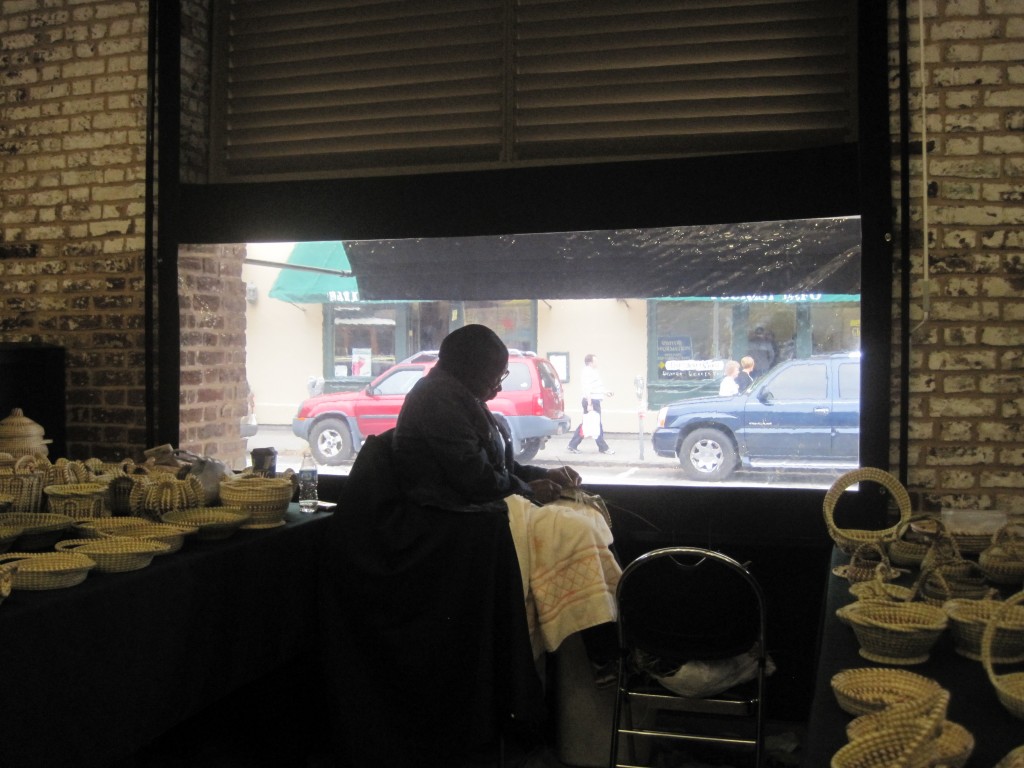
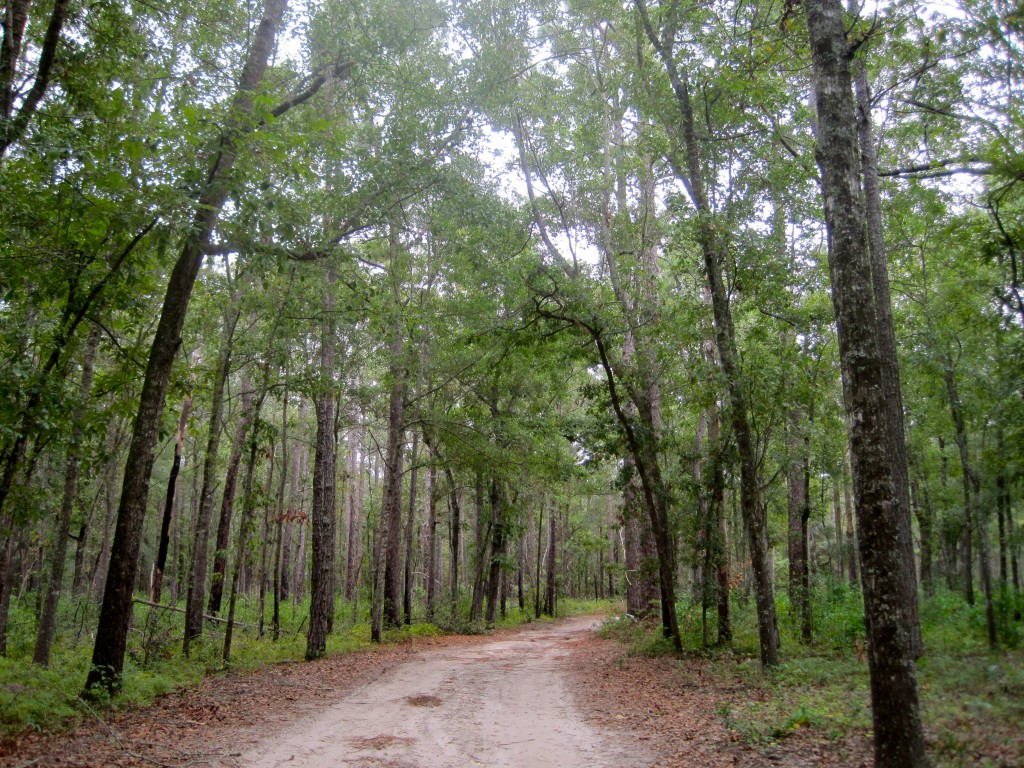
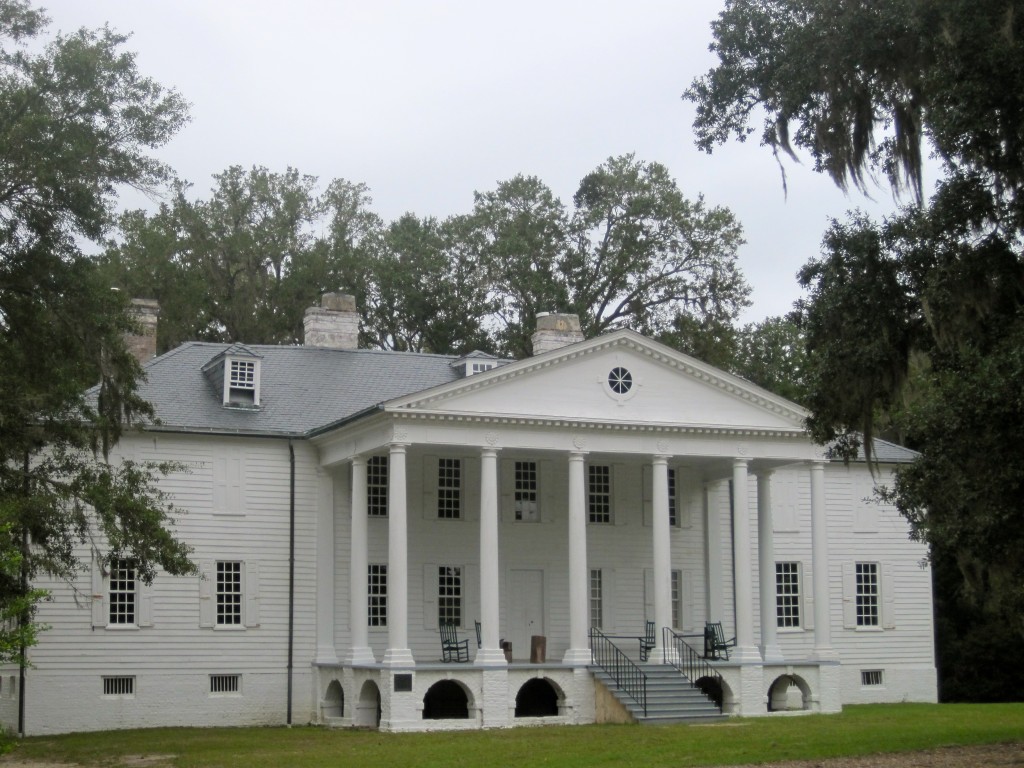
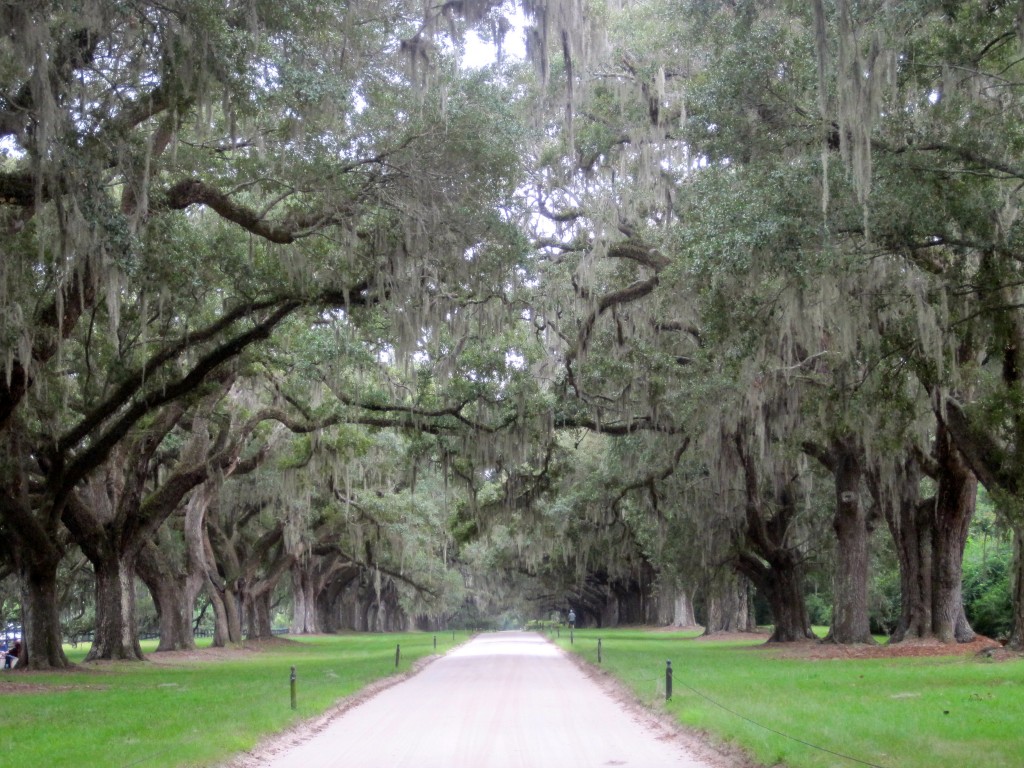
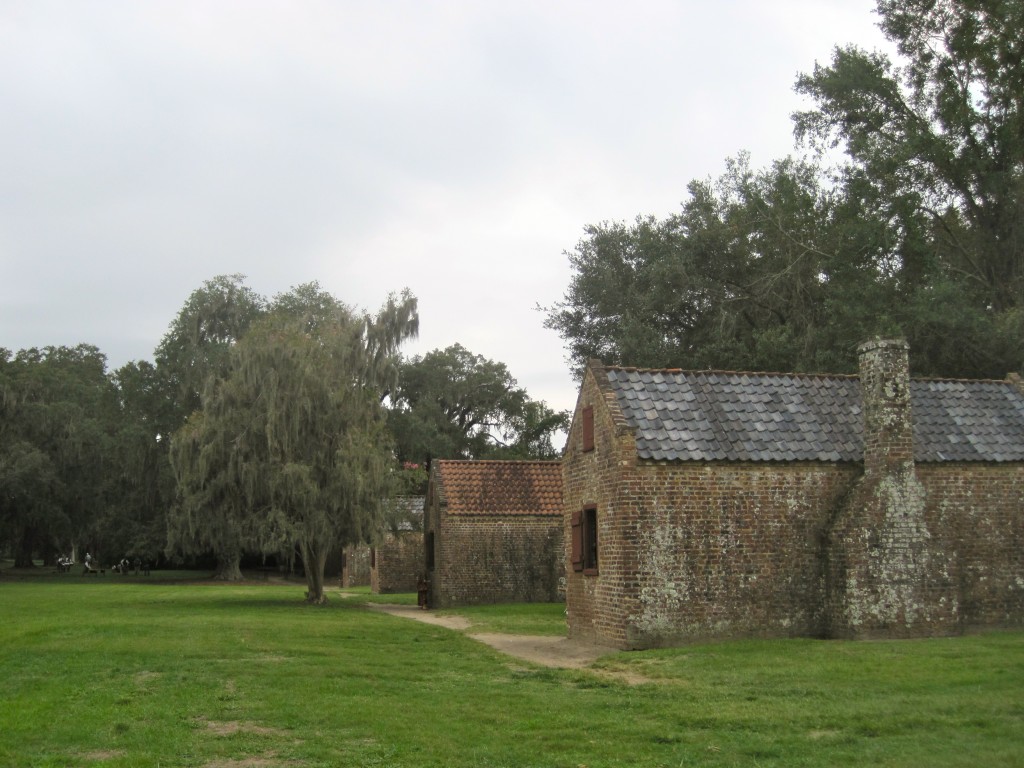
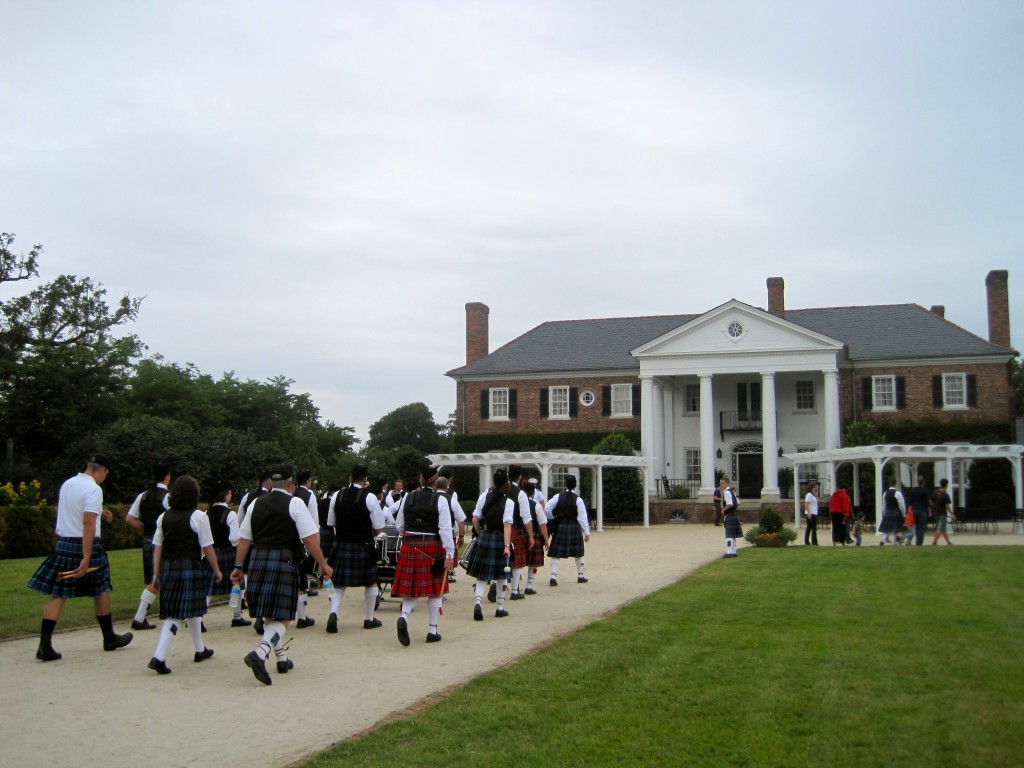
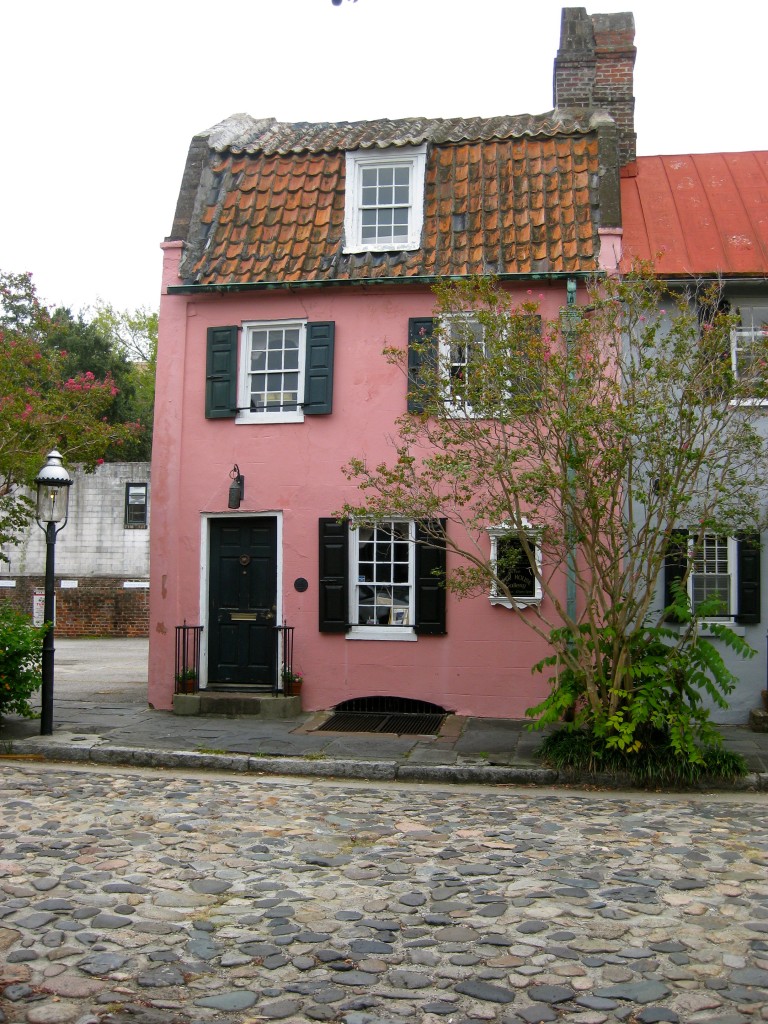
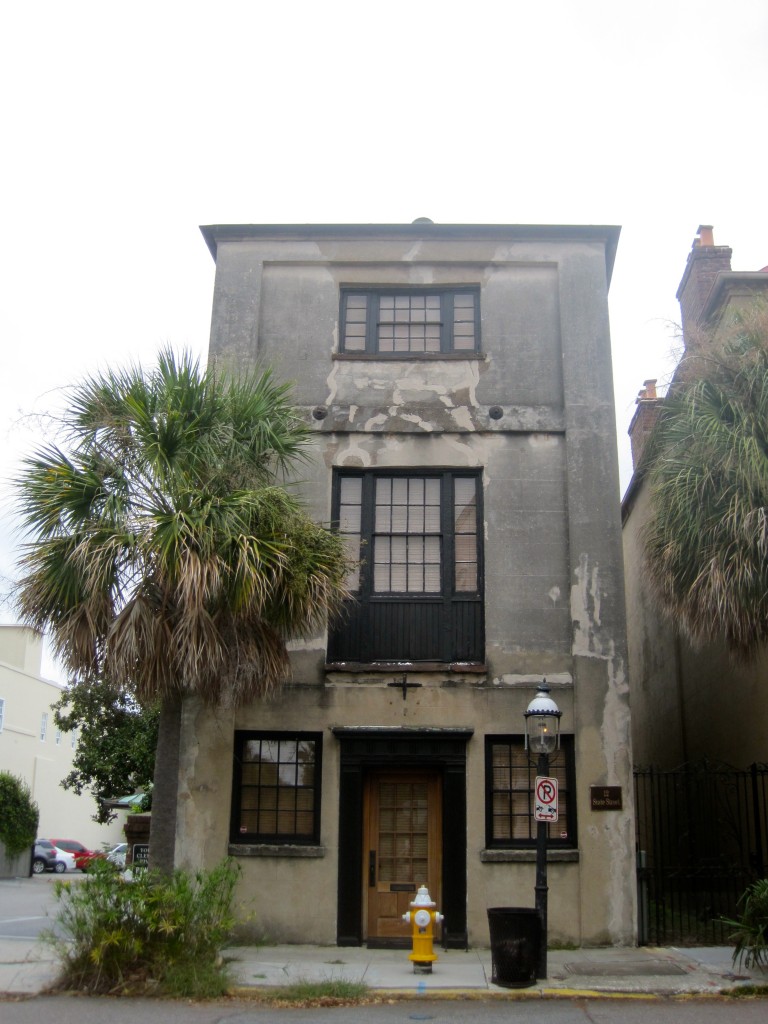
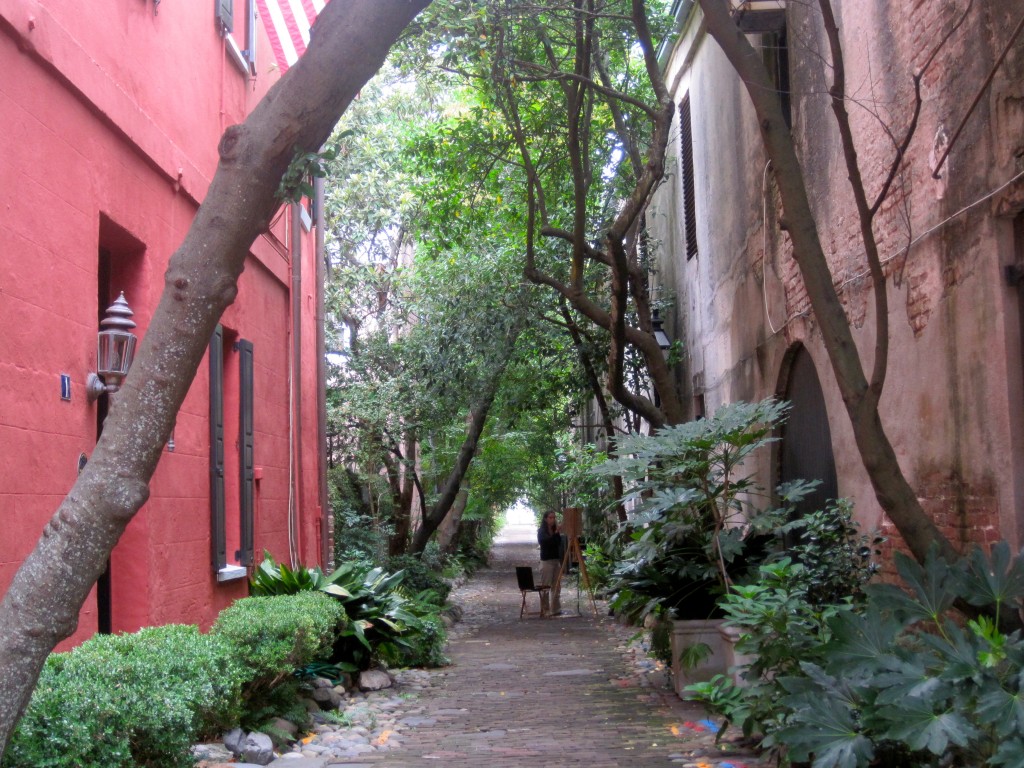
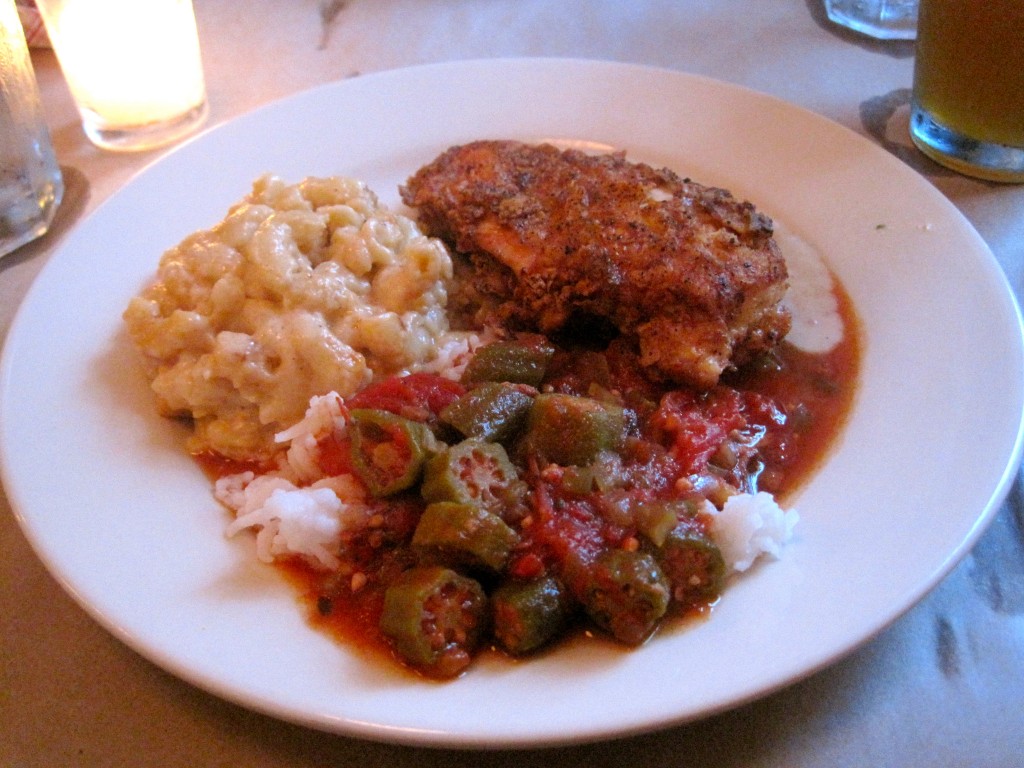
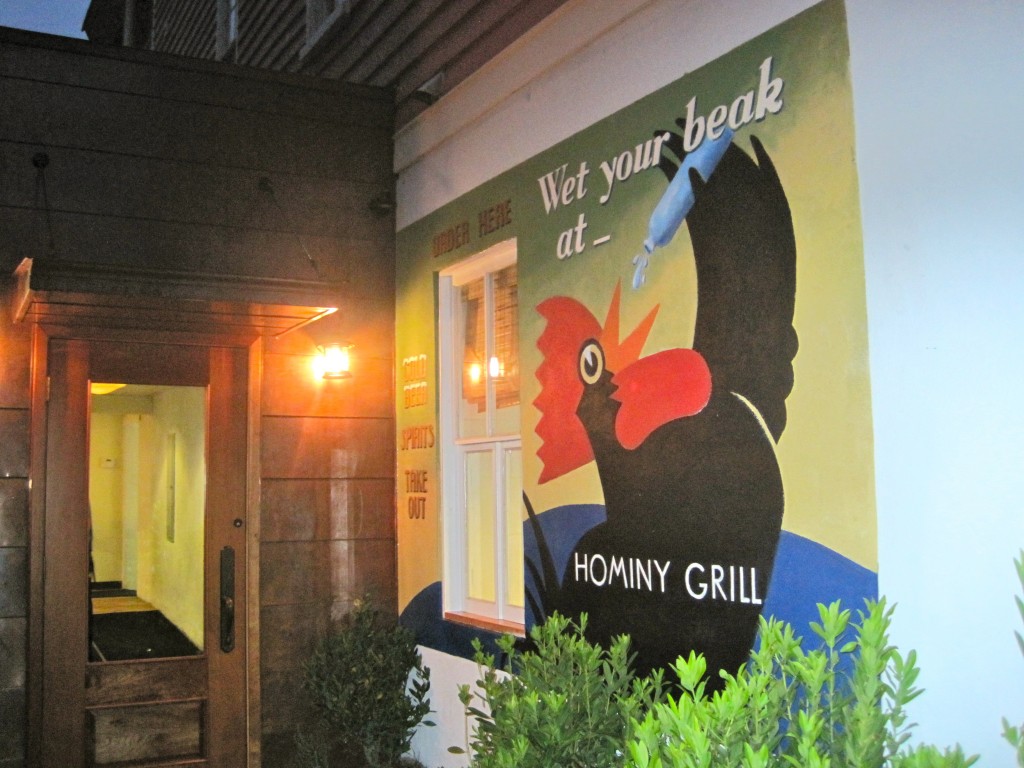
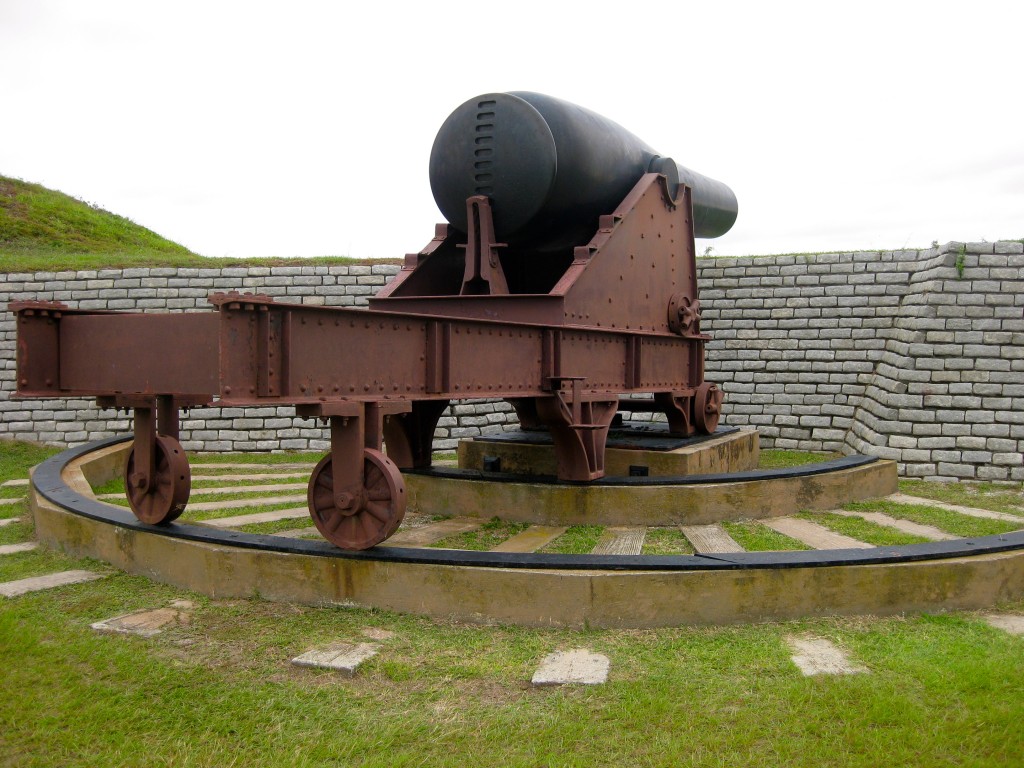
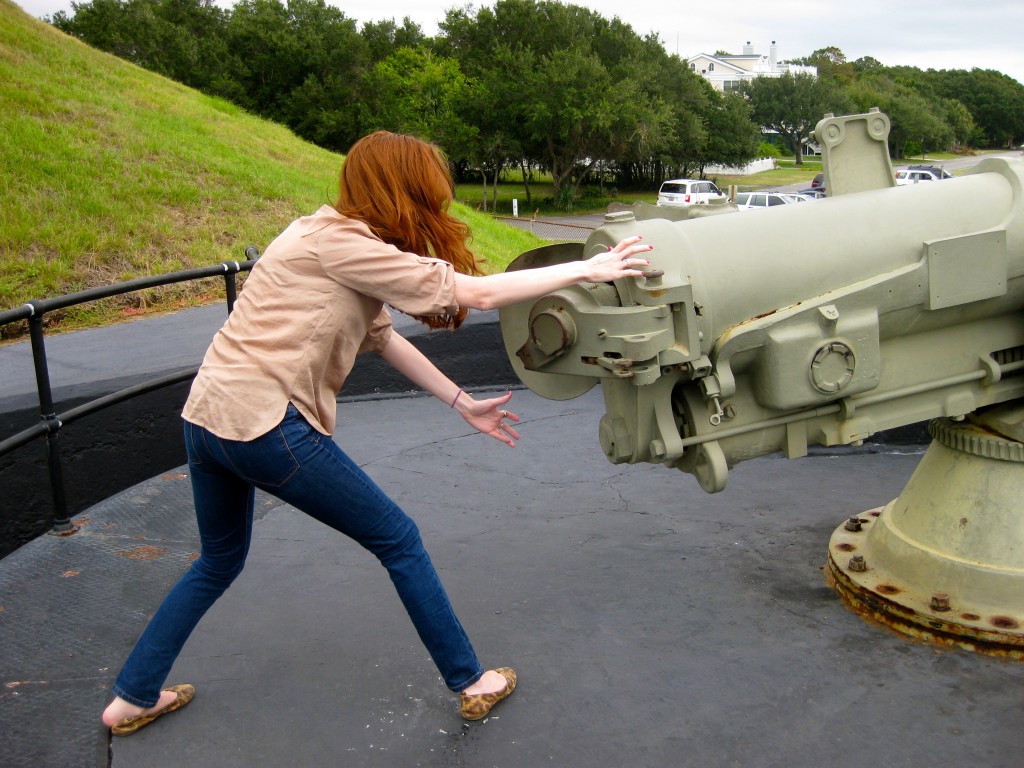
Looks like an amazing mix of history and culture there in Charleston. That food looks so good too! Especially since mac and cheese is a vegetable side 🙂
We didn’t expect to like Charleston as much as we did. It was beautiful and the food was delicious! Of course we visited the Boone Hall Plantation as well, but sadly no Scots were present. 🙂
Beautiful photo of the plantation with the spanish moss hanging from the trees. I was on my way to visit Charleston once after coming out of a hiking trip to the Great Smoky Mountains. After the hike I had a voice mail from my family notifying me my uncle passed away. I had to head straight to the funeral.
You did not by any chance see Jeremy Branham at the Scottish games? I think he is now an athlete with them. He tours with them and throws telephone poles.
We adored Charleston – what a beautiful little town. We loved the architecture in the French quarter, and we had a great time exploring the little pink house which is featured in one of your pictures. The owners were so friendly and invited us to come in and look for the ghost who is supposedly living on the 3rd floor. The plantations around Charleston, especially Boone Hall, are amazing. Charleston even was one of our favorite places during our last one hundred days of travel (http://bit.ly/oxNoPX)
Of course I have heard about Charleston, but I have never been there or even to the South. My nephew from Brazil is actually studying in S. Carolina for a year and recently spent a few days in Charleston, so I’ve been thinking about that area lately. I was surprised at the vegetation and architecture. Definitely an interesting look and quite different from anything out here in the West.
I’ve never been to the Carolinas but Charleston is definitely on my list. Just for the food alone now after reading this! =)
ahh i keep telling the wino how much she’ll love charleston!! it’s by far my favorite city i’ve visited in the south. great recap! xo, the romantic